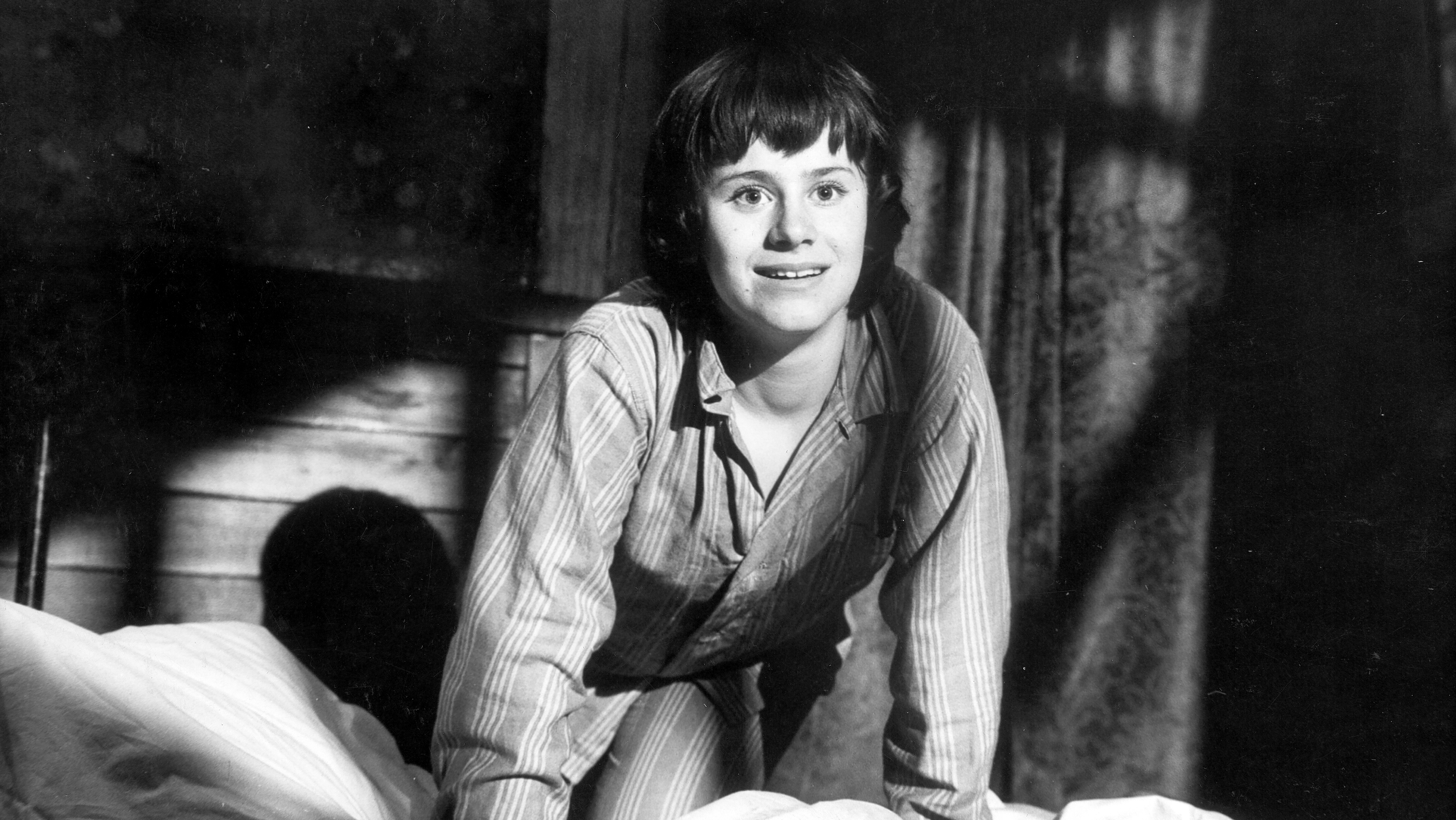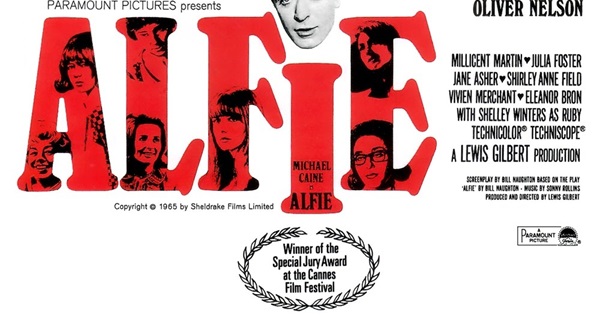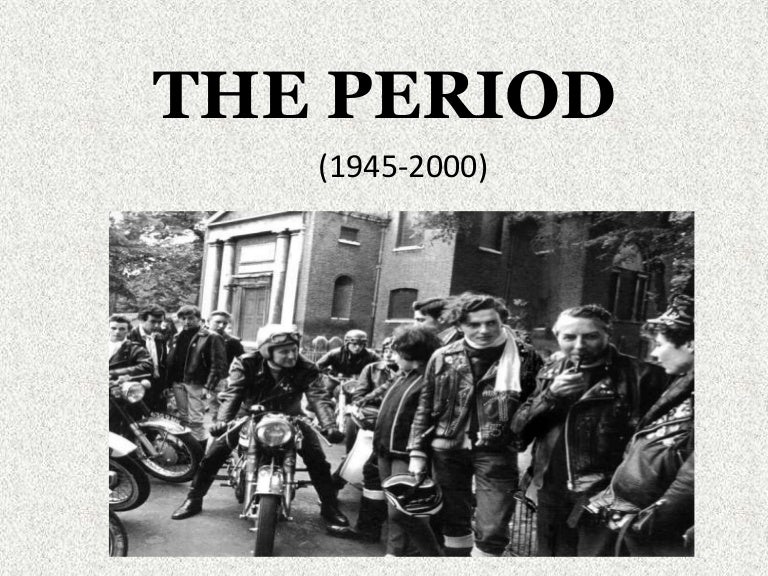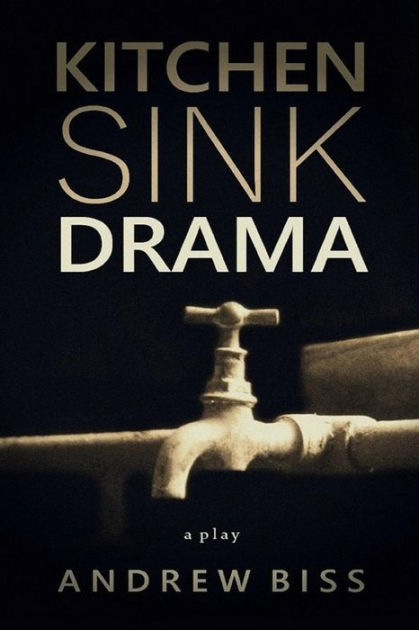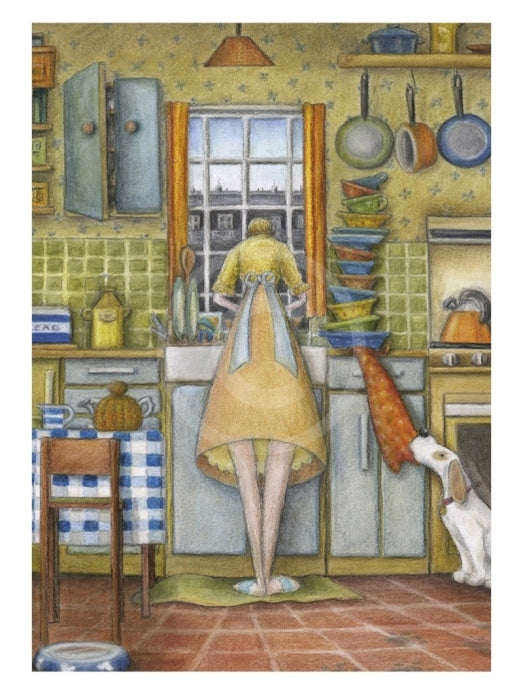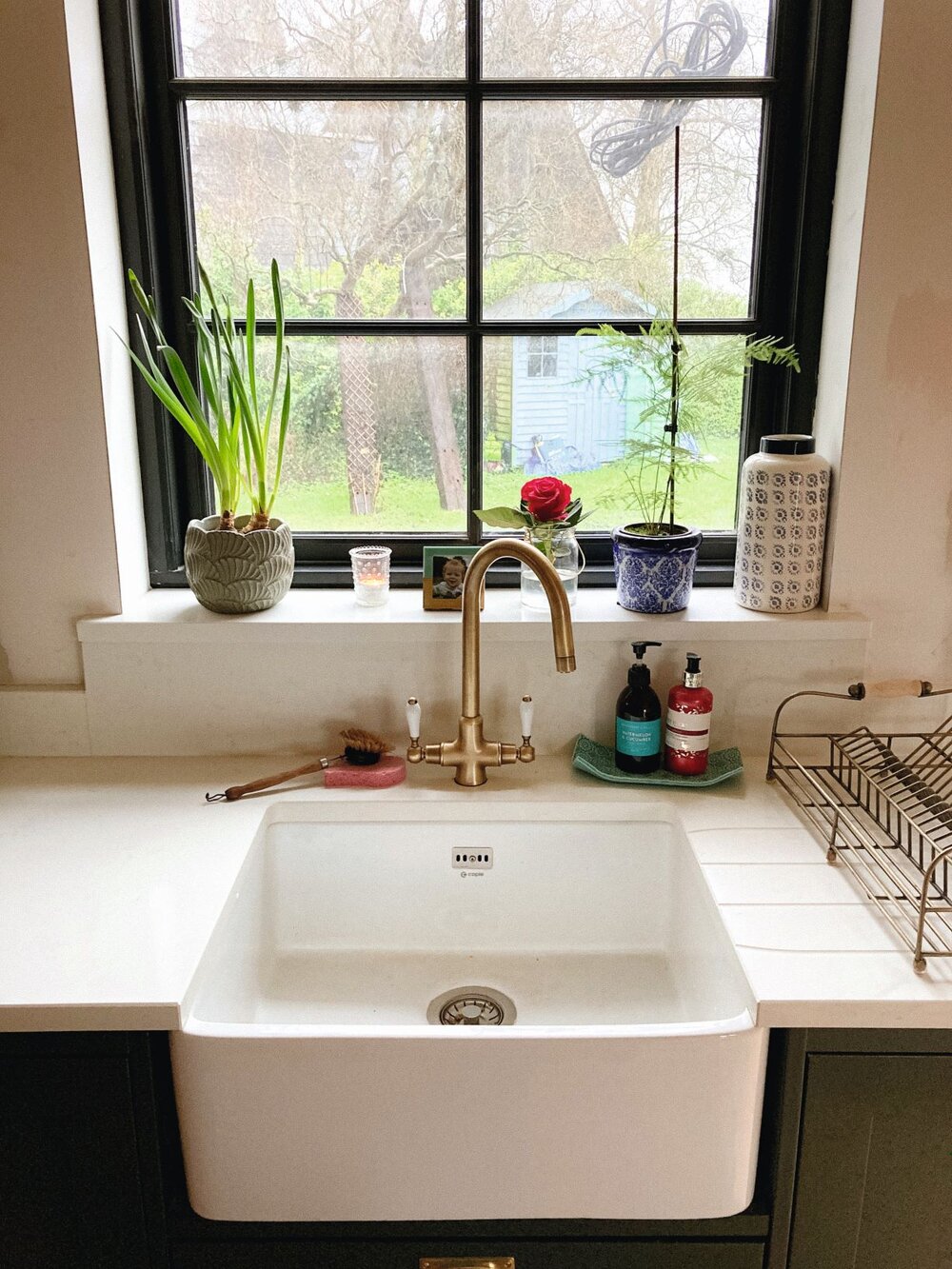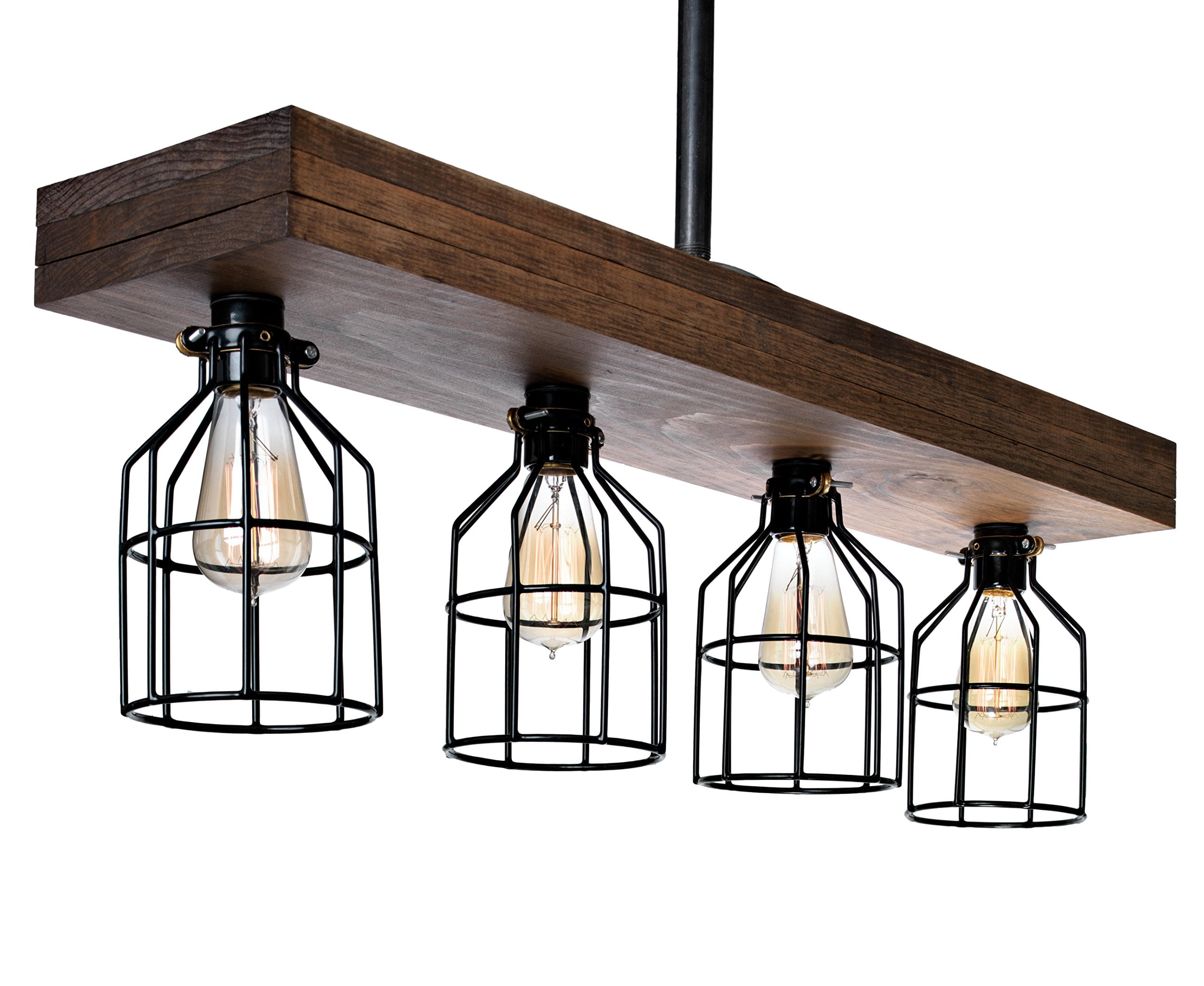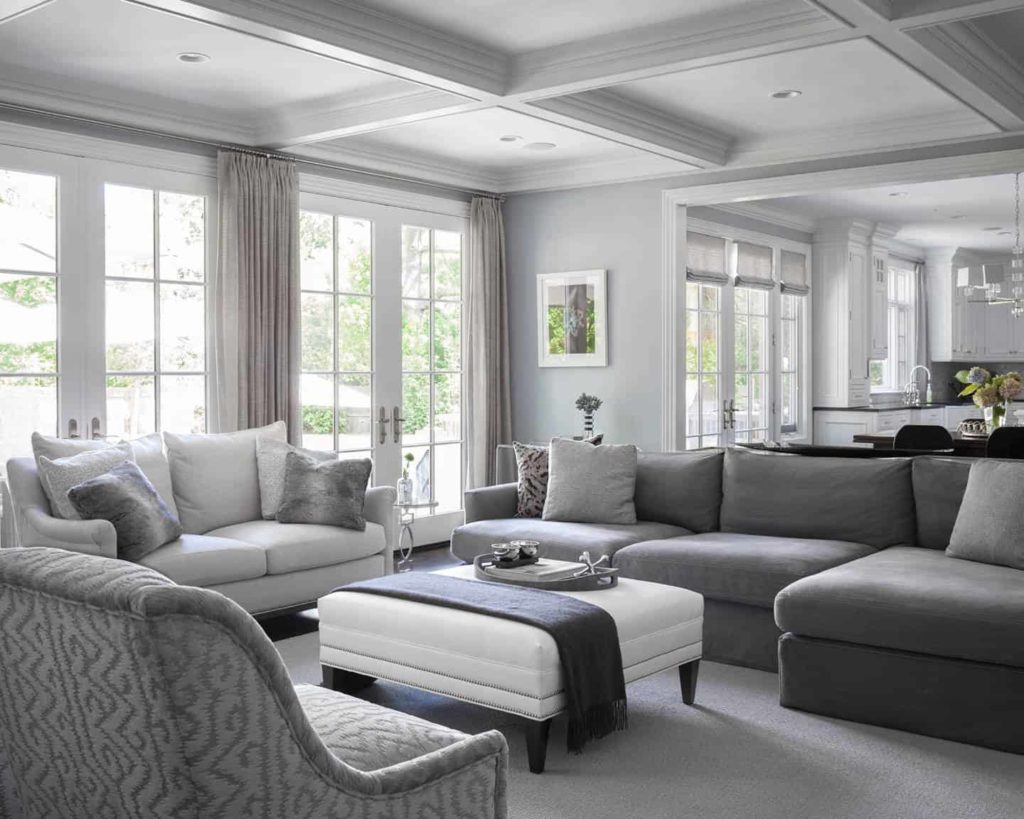Kitchen sink drama is a genre of British theatre, film, and television that emerged in the 1950s and 1960s. It is known for its realistic portrayal of working-class life and its focus on social and domestic issues. One of the most notable works in this genre is "A Taste of Honey," a play by Shelagh Delaney that was later adapted into a film. In this article, we will delve into the world of kitchen sink drama and discover its defining characteristics, themes, and examples.Kitchen Sink Drama: Exploring the Gritty Realities of Life
Kitchen sink drama is a term coined by the critic Kenneth Tynan in 1956 to describe a new wave of British plays that focused on the lives of ordinary people and their everyday struggles. The term "kitchen sink" refers to the use of everyday settings, such as a kitchen or a living room, as the backdrop for these stories. These works often depicted the harsh realities of working-class life, including poverty, unemployment, and domestic violence.What is Kitchen Sink Drama?
"A Taste of Honey" is a groundbreaking play that was first performed in 1958 at the Theatre Royal Stratford East in London. It tells the story of a teenage girl, Jo, and her mother, Helen, who are struggling to survive in the slums of Manchester. Jo becomes pregnant by a sailor and forms an unlikely friendship with a gay art student, Geoff. The play explores themes of poverty, race, gender, and sexuality, and is considered a classic example of kitchen sink drama.A Taste of Honey: A Classic Kitchen Sink Drama
In the 1960s, kitchen sink drama gained popularity in the film industry, with many of the same themes and settings being explored on the big screen. One of the most iconic examples is the 1960 film "Saturday Night and Sunday Morning," based on the novel by Alan Sillitoe. The film follows the rebellious factory worker Arthur Seaton, played by Albert Finney, as he navigates through a mundane and unsatisfying life.The Rise of Kitchen Sink Drama Films
One of the defining characteristics of kitchen sink drama is its focus on realism. These works often portrayed the harsh realities of working-class life in a raw and unapologetic manner. The characters and their struggles were relatable to many audience members, as they reflected the struggles of everyday life. This authenticity is what made kitchen sink drama such a powerful and influential genre.Kitchen Sink Realism: An Authentic Portrayal of Life
In addition to its focus on realism, kitchen sink drama has several other defining characteristics. These include its use of working-class settings and characters, its exploration of social issues, and its use of strong and often controversial language. These works also tend to have a bleak and pessimistic outlook, reflecting the often harsh and unfair nature of life for the working class.Defining Characteristics of Kitchen Sink Drama
Aside from "A Taste of Honey" and "Saturday Night and Sunday Morning," there are many other notable examples of kitchen sink drama. These include John Osborne's "Look Back in Anger," which is considered the first play of this genre, and "The Loneliness of the Long Distance Runner," another film based on a novel by Alan Sillitoe. Other notable works include "Room at the Top" and "This Sporting Life."Notable Examples of Kitchen Sink Drama
Kitchen sink drama often deals with themes of poverty, social class, family dynamics, and the struggles of everyday life. These works also explore issues of identity, with many characters feeling trapped and disillusioned by their circumstances. Gender and sexuality are also common themes, with many works challenging traditional gender roles and societal norms.Exploring the Themes of Kitchen Sink Drama
Kitchen sink drama is a genre that has had a lasting impact on British theatre, film, and television. Its realistic portrayal of working-class life and its exploration of social and domestic issues have made it a powerful and influential genre. Whether you are a fan of this genre or new to it, there is no denying the raw and authentic nature of these works and the important role they have played in shaping British culture.In Conclusion
A Taste of Honey: Exploring the Kitchen Sink Drama Genre in Interior Design

What is a Kitchen Sink Drama?
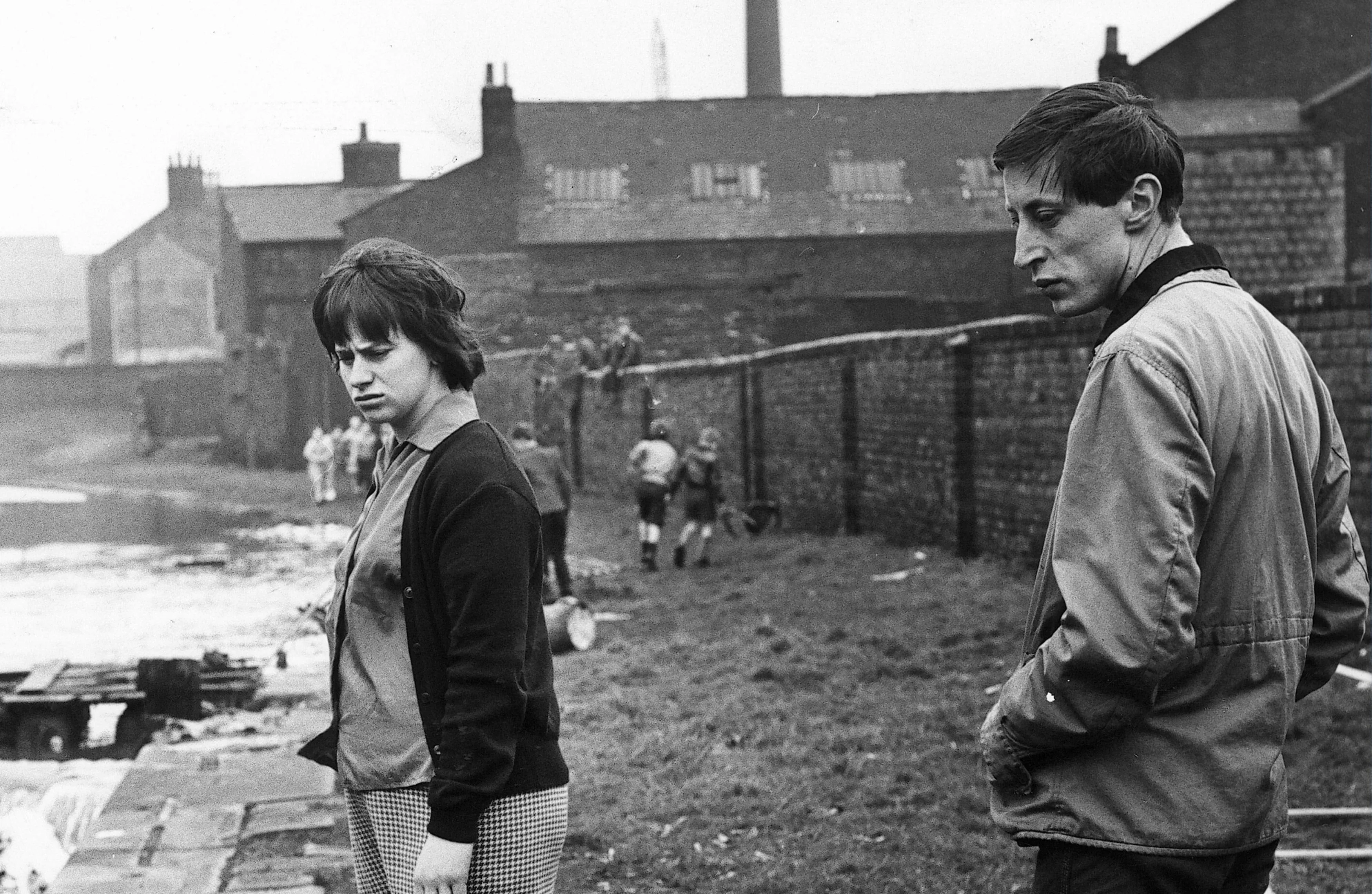 Kitchen sink drama
is a genre of domestic realism that emerged in the late 1950s and early 1960s in British literature and theatre. It portrays the lives of working-class individuals and families, often set in lower-middle-class or working-class households. The term "kitchen sink" refers to the idea that these plays and novels would often depict the mundane and gritty realities of everyday life, including poverty, family conflicts, and social issues. This genre gained popularity for its raw and unflinching portrayal of the struggles and triumphs of ordinary people.
Kitchen sink drama
is a genre of domestic realism that emerged in the late 1950s and early 1960s in British literature and theatre. It portrays the lives of working-class individuals and families, often set in lower-middle-class or working-class households. The term "kitchen sink" refers to the idea that these plays and novels would often depict the mundane and gritty realities of everyday life, including poverty, family conflicts, and social issues. This genre gained popularity for its raw and unflinching portrayal of the struggles and triumphs of ordinary people.
The Impact of Kitchen Sink Drama in House Design
 The kitchen sink drama genre has not only influenced literature and theatre but has also made its mark in the world of
house design
. This style of storytelling has inspired interior designers to showcase the beauty and authenticity of everyday life in their designs. The use of natural materials, minimalistic furnishings, and a focus on functionality in
kitchen
and
living spaces
are some of the key elements of this genre that have been translated into house design.
The kitchen sink drama genre has not only influenced literature and theatre but has also made its mark in the world of
house design
. This style of storytelling has inspired interior designers to showcase the beauty and authenticity of everyday life in their designs. The use of natural materials, minimalistic furnishings, and a focus on functionality in
kitchen
and
living spaces
are some of the key elements of this genre that have been translated into house design.
Blending Realism with Creativity
 Kitchen sink dramas are known for their realistic and gritty portrayal of life, but this does not mean that they lack creativity. In fact, this genre encourages designers to think outside the box and incorporate unique and personal touches into their designs. Whether it's through incorporating vintage pieces, adding pops of color, or infusing elements of nature, designers can use their creativity to add a touch of personality to a space while staying true to the genre's roots.
Kitchen sink dramas are known for their realistic and gritty portrayal of life, but this does not mean that they lack creativity. In fact, this genre encourages designers to think outside the box and incorporate unique and personal touches into their designs. Whether it's through incorporating vintage pieces, adding pops of color, or infusing elements of nature, designers can use their creativity to add a touch of personality to a space while staying true to the genre's roots.
Creating a Cozy and Inviting Atmosphere
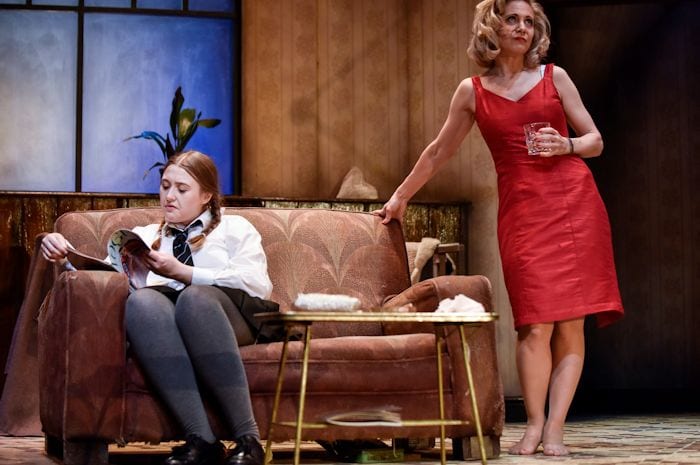 One of the main characteristics of kitchen sink dramas is the focus on everyday life and the importance of family and community. This has translated into house design through the creation of warm and inviting spaces that bring people together. From open-plan kitchen and dining areas to cozy living rooms, the use of natural materials and warm color palettes creates a sense of comfort and homeliness in these spaces.
One of the main characteristics of kitchen sink dramas is the focus on everyday life and the importance of family and community. This has translated into house design through the creation of warm and inviting spaces that bring people together. From open-plan kitchen and dining areas to cozy living rooms, the use of natural materials and warm color palettes creates a sense of comfort and homeliness in these spaces.
The Timelessness of Kitchen Sink Drama in House Design
 Although the kitchen sink drama genre emerged over 60 years ago, its influence can still be seen in modern house design. This is because the themes and values portrayed in these stories are timeless and relatable, making them a source of inspiration for designers. The simplicity and authenticity of this genre continue to resonate with people, making it a relevant and enduring influence in house design.
Although the kitchen sink drama genre emerged over 60 years ago, its influence can still be seen in modern house design. This is because the themes and values portrayed in these stories are timeless and relatable, making them a source of inspiration for designers. The simplicity and authenticity of this genre continue to resonate with people, making it a relevant and enduring influence in house design.
In Conclusion
 Incorporating elements of kitchen sink drama into house design not only adds a touch of realism and authenticity but also allows for creativity and personalization. This genre has stood the test of time and continues to be a source of inspiration for designers, proving that the beauty of everyday life can be translated into stunning and functional living spaces.
Incorporating elements of kitchen sink drama into house design not only adds a touch of realism and authenticity but also allows for creativity and personalization. This genre has stood the test of time and continues to be a source of inspiration for designers, proving that the beauty of everyday life can be translated into stunning and functional living spaces.
















